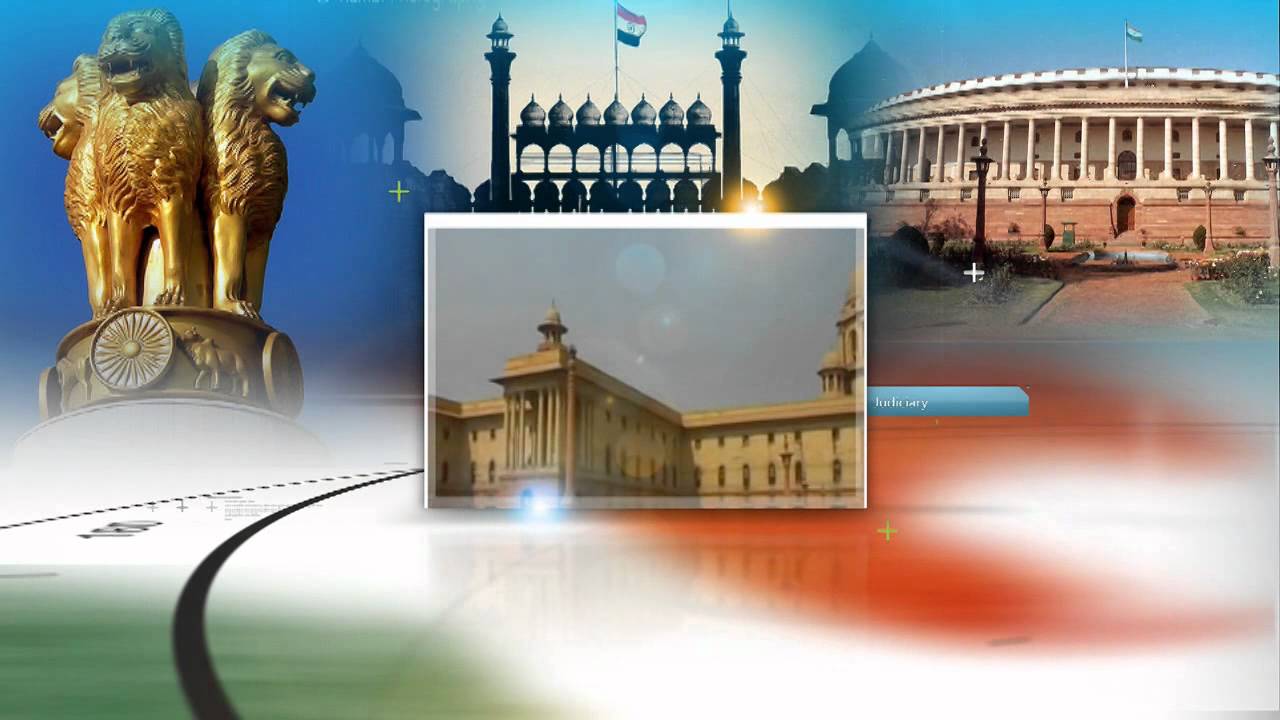Font size:
Print
Heat Action Plans (HAPs) in India
Context:
The study, titled ‘Is India Ready for a Warming World? How Heat Resilience Measures Are Being Implemented for 11% of India’s Urban Population in Some of Its Most At-Risk Cities’, was carried out by the Sustainable Futures Collaborative (SFC) with collaboration from researchers at King’s College London, Harvard University, Princeton University, and the University of California.
More on News
- Most Heat Action Plans (HAPs) in Indian cities lack comprehensive long-term strategies to address the growing threat of extreme heat.
- Cities that do have such strategies often fail to implement them effectively.
- This gap in planning may lead to an increase in heat-related deaths due to more frequent, intense, and prolonged heatwaves in the future.
Key Findings from the Study
- Current State in India: According to data from the NDMA, heatstroke deaths increased from 530 in 2020 to 730 in 2022, though the number dropped significantly in 2024 to 269 suspected heatstroke deaths and 161 confirmed ones.
- 2024 Heatstroke Deaths: A report by HeatWatch in 2024 indicated 733 heatstroke deaths across 17 states between March and June.
- Cities Studied: The study focused on cities with populations exceeding one million (according to the 2011 Census) that are predicted to experience the largest increases in dangerous heat index values. These cities include Bengaluru, Delhi, Faridabad, Gwalior, Kota, Ludhiana, Meerut, Mumbai, and Surat.
- Interviews Conducted: Researchers interviewed 88 government officials from city, district, and state levels, including representatives from disaster management, health, city planning, labor departments, and local administrators.
What is a Heat Action Plan?
- A Heat Action Plan (HAP) is designed to be an early warning and preparedness system for extreme heat events.
- These plans aim to reduce the health impacts of extreme heat on vulnerable populations by increasing preparedness, coordinating responses, and facilitating information-sharing.
- The National Disaster Management Authority (NDMA) of India is currently implementing HAPs in 23 heatwave-prone states, in collaboration with state authorities.
Gaps in Current Heat Action Plans
- Gaps in Long-Term Heat Resilience Plans: Although cities have implemented short-term measures like providing access to drinking water or adjusting work schedules during heat waves, they fall short in adopting and executing long-term strategies.
- Lack of Comprehensive Long-Term Actions: Key long-term measures such as cooling systems for households and workplaces, occupational insurance for heat-related losses, retrofitting electricity grids for reliability, and expanding fire management services are absent or poorly executed in most cities.
- Short-Term Measures: The cities have implemented short-term actions like increasing urban shade, expanding green cover, and creating open spaces to dissipate heat. However, these efforts don’t prioritise populations or areas most vulnerable to heat exposure.
- Health-Centered Focus: While the strategies focus heavily on improving the health system’s response to heat waves, preventive measures are largely missing.
- Funding and Institutional Constraints: The study calls for increased funding for long-term actions and highlights that institutional limitations, especially coordination issues among various government departments, hinder the implementation of comprehensive strategies.
Recommendations
- Need for Improved Coordination: The study stressed the importance of improving coordination between various levels of government—municipal, district, and state— to ensure the effective implementation of heat action strategies.
- Financial Investment: It called for more substantial funding to implement long-term heat resilience measures.
- Focus on Prevention: The research highlighted the need to shift the focus from reactive health measures to proactive prevention strategies.


